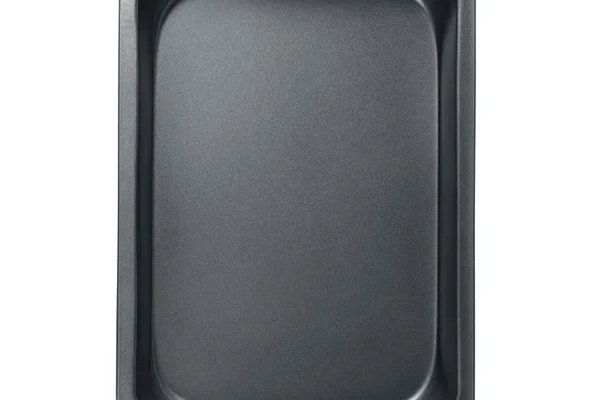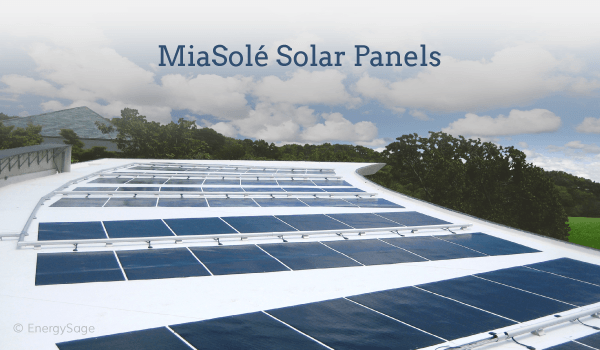Stop Using the Wrong Pans When Baking: A Guide to Choosing the Right Bakeware

Introduction:
Baking has become one of the most popular pastimes for many people, from amateur home bakers to professional pastry chefs. However, one common issue that can make or break your baking efforts is using the wrong type of pan. Choosing the right bakeware is crucial for producing evenly cooked, aesthetically pleasing, and delicious baked goods. This article will explain why using the correct pan matters and provide tips on selecting the best bakeware for your needs.
The Importance of Using the Right Baking Pan:
Using an unsuitable baking pan can lead to a variety of problems, such as uneven cooking, inconsistent results, and difficulty in removing the baked goods from the pan. More specifically:
1. Even heat distribution: The right type of baking pan allows for even heat distribution, ensuring that your baked goods cook uniformly without any hot spots or undercooked sections.
2. Proper browning: Certain pans can influence the browning process of your baked goods. The color and material of a pan affect how quickly or slowly they brown.
3. Prevention of sticking: Nonstick surfaces on pans prevent sticking and make it easier to remove your baked goods without damaging them.
4. Maintaining shape and structure: Some recipes require specific pans that help maintain their shape and structure during baking.
How to Choose the Right Bakeware?
1. Material: Baking pans are made from various materials like aluminum, stainless steel, cast iron, glass, silicone, and nonstick coatings. Each material has its advantages and disadvantages:
– Aluminum heats up quickly and provides even heat distribution but reacts with acidic ingredients.
– Stainless steel is durable but doesn’t conduct heat as well as aluminum.
– Cast iron retains heat well but takes longer to heat up.
– Glass heats evenly but doesn’t conduct heat as quickly as metal pans.
– Silicone is flexible but may not hold shape as well as metal pans.
– Nonstick coatings prevent sticking but can wear off with time and use.
2. Shape and size: The shape and size of the pan are critical, especially for specific recipes, like bundt cakes or loaf bread. Be sure to use the pan called for in your recipe to achieve the desired results. If you’re unsure which pan to use, consult a cookbook or baking website for guidance.
3. Color: Light-colored or shiny pans reflect heat, while dark-colored pans absorb heat, leading to faster browning of your baked goods. Choose a lighter-colored baking pan when you desire a more delicate crust, and a darker one for a crispier texture.
4. Special features: Consider bakeware with additional features, such as springform pans for easy release of intricate cakes or removable bottoms for tarts and quiches.
Conclusion:
In conclusion, using the correct bakeware is essential in achieving successful baking results. Understanding the importance of different materials, shapes, sizes, colors, and special features will help you select the best baking pan for your particular needs. With the right baking pan in hand, you’ll be on your way to creating professional-looking and delicious-tasting treats!






